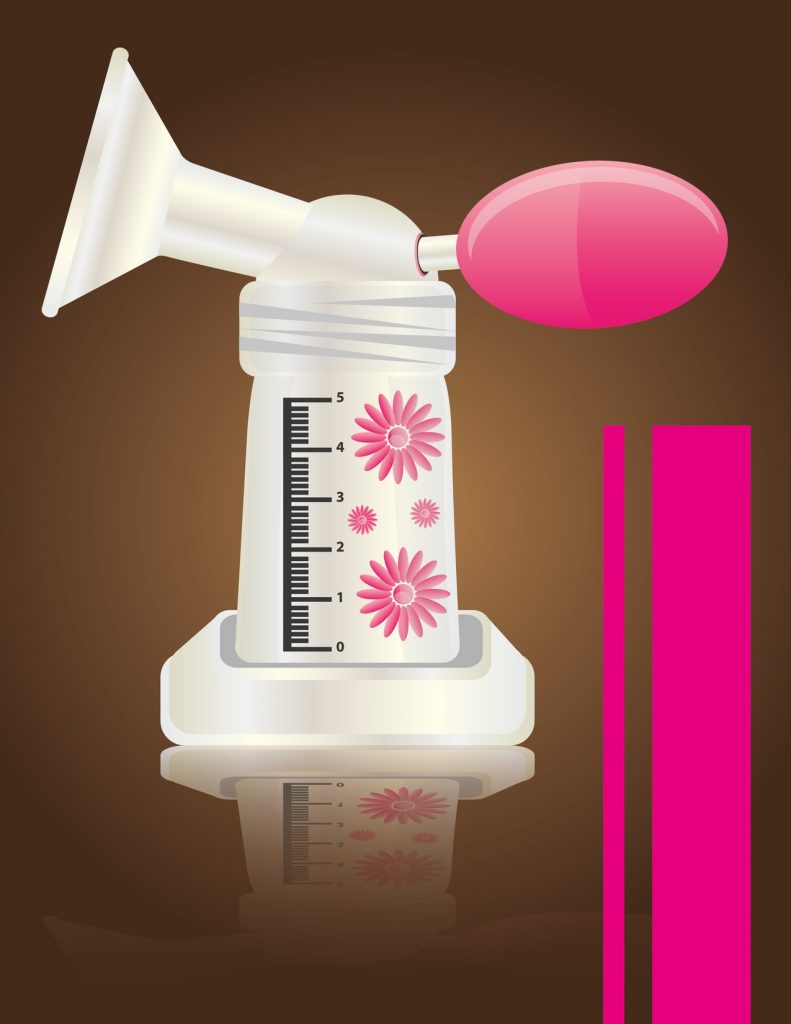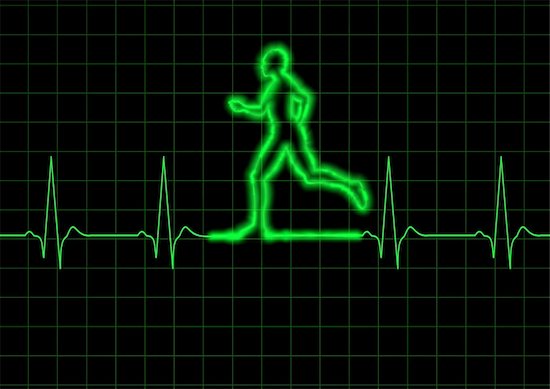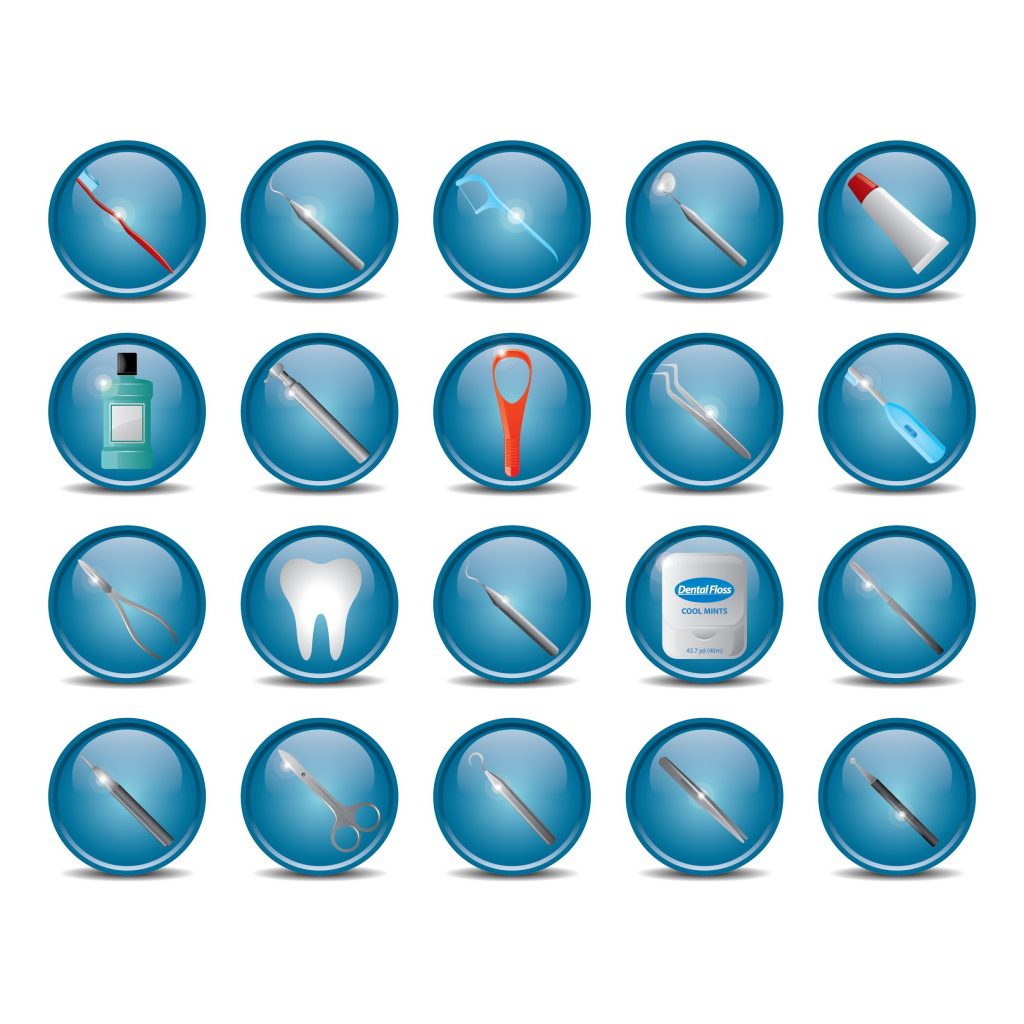Posts tagged HIV

What to Know When Breastfeeding With HIV
Unlike other principles of healthcare for babies with HIV-positive mothers, breastfeeding still does not have a consensus. There is a long list of preventative measures known to work when ensuring the baby’s long-term health. Babies born to HIV-positive mothers are put on zidovudine hours after birth. And they’ stay on it for 4 to 6 weeks. Additionally, they are tested for HIV 3 times during their first 6 months of life. Each of these measures has worked well in stopping HIV from spreading to the child. These are all agreed upon practices. Breastfeeding, however, is more complicated.
AIDSInfo and the CDC both oppose breastfeeding with HIV and suggest using formula as a healthy alternative. WHO (World Health Organization) on the other hand, insists it’s still the best option. Considering what’s at stake, it’s important to know which option is best. For that reason, here is a deeper look at what’s out there.
The Conflicted Beliefs About Breastfeeding With HIV
Those against breastfeeding with HIV are wary because the disease can potentially spread to the breast milk. There are also reports of children becoming infected with HIV after eating food previously chewed by a person with HIV. And that when given formula instead of breast milk, babies are 30% less likely to be infected. This is why many err on the side of caution.
Many studies in recent years have challenged this belief, though. They show that breastfeeding is beneficial for both the mother and baby. Breast milk possesses components with the ability to kill the virus. High levels of polyunsaturated fatty acids in the milk are associated with this reduced risk.
The wide range of positive and negative research about breastfeeding with HIV makes it difficult to reach a conclusion. Be sure to discuss this with your doctor before making any final decisions.

Healthy Lifestyle Tips for HIV Patients
HIV patients are continuing to live longer, and are maintaining a more healthy lifestyle. The disease is no longer considered the death sentence it once was. In a study conducted by the CDC (Centers for Disease Control and Prevention), they found that the number of new infections in America is down from its peak in the 1980s. Detection of the disease is also improving. This makes it easier for the patient to prevent spreading the disease.
A lot of work still needs to be done. Medical advancements are improving year by year, but other steps are imperative in order for HIV patients to maintain a healthy lifestyle. Diet and exercise are two staples for anybody looking to stay healthy. The unique factors facing an HIV patient make these even more important. These guidelines for each should help show the importance of diet and exercise for an HIV patient:
Less Salt and Sugar, More Fruits and Vegetables
HIV patients are at greater risk of heart disease. Keeping away from food containing high levels of sugar and salt is even more important because of this. The antioxidants in fruits and vegetables provide great benefits to the immune system. Anything that can benefit an HIV patient’s immune system is paramount. Getting lipodystrophy is not as likely with a high fiber diet. This has been known to be a potential side-effect of HIV.
A Mindful Exercise Regimen Is Crucial To A Healthy Lifestyle
Moderate exercise at least three times a week has proven to slow HIV’s progression. Also, many people with HIV have increased levels of blood sugars and fats. Exercise is the best way to combat that. Fatigue is something to be mindful of, being that it has negative effects on the immune system. Hiking and biking are beneficial exercises to consider. Yoga lowers pressure and stress. And strength training provides a needed balance.
A healthy lifestyle with an HIV diagnosis is possible. Balancing medication, diet, and exercise are necessary for that to happen. Knowing how to best achieve that is necessary for all HIV patients to be aware of.

The Importance of Oral Health for HIV Patients
One under-the-radar issue HIV patients might underestimate is the fragility of their oral health. It’s an important factor that warrants attention. Before antibodies appear, the mouth is the first part of the body that shows signs of carrying the infection. Catching the virus at such an early stage leads to earlier treatment and helps prevent the spreading of HIV to another partner.
It’s prudent for HIV patients to practice good oral health care. Proper hygiene and regular checkups with a dentist can make a world of difference. If you’re wondering what potential drawbacks poor hygiene in this body part may cause, here are some of the most common.
The Most Common Oral Health Side-Effects for HIV Patients
Of the many side-effects that come with having HIV, candidiasis (also known as thrush) is among the most common. Candidiasis can cause difficulty swallowing, a decreased appetite, and painful areas in the mouth.
Another potential red flag to look out for is hairy leukoplakia. Visible symptoms of hairy leukoplakia are white patches that form around the tongue. These patches are permanent. Regular oral health tools can’t remove them.
Oral health concerns of this ilk should not go ignored. If matters are left to linger, and if eating causes enough pain, these ailments have the potential to cause malnutrition. It can also influence how your body absorbs HIV medication.
Take Preventative Steps
HIV patients are more susceptible to infection, pain and tooth loss for a variety of reasons. But they’re still easily preventable problems if paid attention to early and often. Now that oral surgeons are noting the importance their field has in early detection, awareness could become more commonplace. Even small-scale measures, like brushing your teeth twice daily and flossing, will help you avoid most routine mouth problems. It’s another necessary aspect of living with HIV.
Depression and HIV: The Risk for Heart Attack
Mental health is often overlooked. However, the state of one’s mental health is important. In a 2014 data report by the Substance Abuse and Mental Health Services Administration (SAMHSA), they revealed that every year, about 42.5 million American adults suffer from some form of mental illness. Find out how mental illness can lead to other concerns and how HIV-infected individuals with depression are at risk for heart attack.
Depression
Depression is a condition that leaves many feeling sad, unmotivated, and irritable. It is also known to contribute to debilitating conditions such as insomnia, fatigue, pain, and other problems. The illness can also lead to suicide, other mental disorders, and more importantly, heart disease.
The Rise of Cardiovascular Disease
According to a study published by JAMA Cardiology, those with major depressive disorder (MDD) and HIV are more likely to experience a heart attack than those without the mental disorder.
They examined 26,144 veterans with HIV and found that 4,853 of them had depression. Most of the veterans with depression were around 47 years of age. Researchers met with these veterans more than 5 years later, and discovered that 490 of them had an acute myocardial infarction during that time span.
After further research, they determined that those with depression and HIV were 25 percent more likely to have a heart attack than those without depression.
HIV patients are forced to deal with a life-threating condition every day. This could be the reason for their depression. Other cause factors include personal issues, substance abuse, and non-psychiatric illnesses.
According to the CDC, more than 1 out of 20 Americans 12 years of age and older reported current depression. Some mental health facilities try to help those with emotional disorders, however, it is not an illness that can be easily cured. Hopefully, scientists can make HIV easily treatable and less of an emotionally draining experience.

HIV Vaccine Shows Promise in Preclinical Trial
The race to stop the spread of HIV continues. Despite the best efforts of doctors and researchers, new cases of the viral infection continue to crop up. That is why a preclinical trial is important. Halting this spread depends on finding solutions that work, and are also cost effective so as to be readily available in poorer countries. The urgency is more critical than ever before, yet there is the promise of effective vaccines, new treatments, and perhaps a cure someday. While the search for better treatments and cures is at its peak, an HIV vaccine option has emerged that has the scientific community buzzing. To date, it has proven successful in two preclinical trials.
A Second Preclinical Trial Confirms the Results
The HIV vaccine in question is designed to prevent infection obtained via mucosal membranes. Specifically, it has been tested both times in conditions that mimic male-to-female contact, with the male being the one infected and the female receiving the vaccine. A second line of defense that’s designed into the vaccine is to protect against infection by generating blood antibodies. A similar preclinical trial was first conducted in China, where results showed enough promise to warrant the study be done again, but on a slightly larger scale. It was this second study that produced excitement at the promise of a potential new vaccine. Just as the first study was successful, the second preclinical trial repeated those results. Even with repeated exposure to the virus, the vaccines were able to stave off infection. Not only that, each exposure was up to 100,000 times the normal dose of HIV passed from human to human.
What now? A component of the vaccine has been tried on human participants. This first phase of clinical trials yielded positive results, especially in regards to safety and tolerance. This particular vaccine has other benefits its designers implemented that give it global appeal. For instance, it will be tested and available in liquid form and needle-free. This is done with the goal of making it readily affordable to countries or areas with limited resources in order to reach as many as possible.




